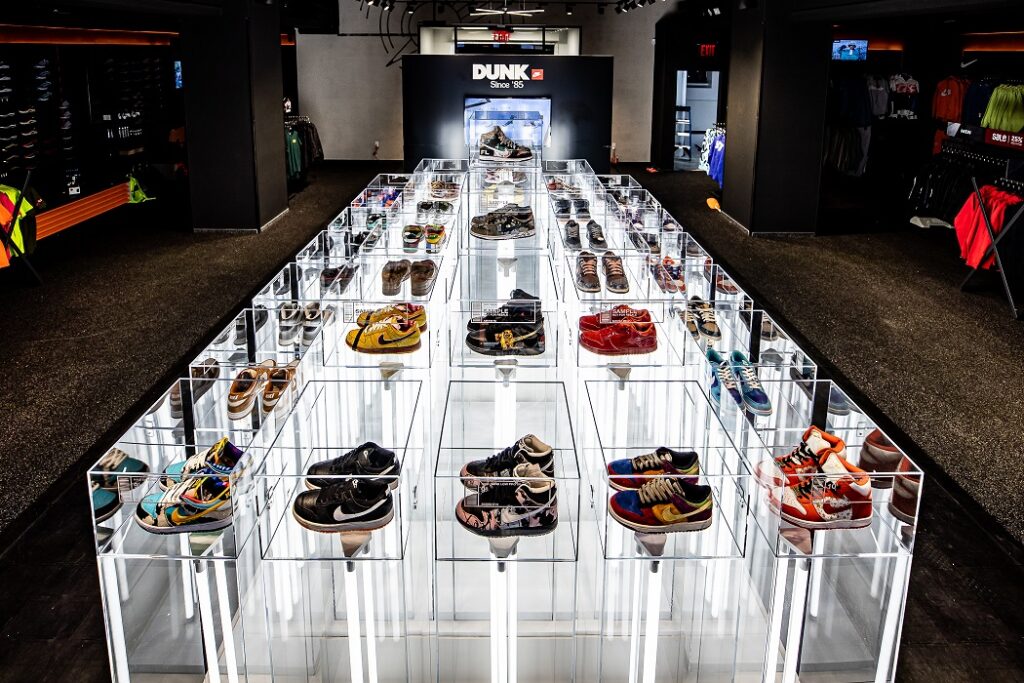
In the modern world, consumers have unlimited options for purchasing a product, causing brand loyalty to suffer. This doesn’t mean it’s dead, though — it’s just different. According to a 2020 study conducted by Brand Keys, research firm, brand loyalty actually increased by an average of 20% across B2C, B2B, and D2C sectors from 2019. However, it has become a much more complex marketplace than it used to be.
Errol Andam, formerly of Nike and founder of creative experiential marketing agency 10X10 StudioLab, says that 2023 has seen brand and mediascapes become more wide-reaching than ever before. In this highly tech-intensive environment, consumers are connecting with each other before even looking at brands.
Today’s customers are complex, requiring companies to truly get to know them and implement proven strategies if they want to earn loyalty. It’s the only way to stand out in the age of choice.
Consistent Communication with Customers for Emotional Connections
Catering to customers’ needs requires an understanding of what they are in the first place, which can only happen through consistent communication.
These days, it isn’t enough to have slick advertising and boasts about the latest features. Whether they consciously know it or not, consumers want emotional connection. Brands who evoke the right emotions and constantly meet (or exceed) expectations incite loyalty.
This is backed up by a 2016 article published in the Harvard Business Review which noted the most effective way to leverage customer value as going beyond satisfaction and venturing into making connections at an emotional level.
Establish an Attractive Loyalty Program
Loyalty programs aren’t a new concept, but they remain a strong way to encourage customer retention in a world with (arguably too many) choices. Shopify data shows that 66% of customers mentioned how earning rewards actually alters their overall spending habits, including the establishments where they enact such habits.
The most effective program depends on its target audience, but there are plenty of types for businesses to choose from, including but not limited to:
- Tier-based programs — Here, customers move up the levels after they complete each tier of spending to unlock better perks/discounts.
- Points programs — Perhaps the most popular type, they’re easy to set up, follow, and redeem. Customers can exchange points for discounted services, credit toward their next shop, or giveaways.
- Spend-based programs — These programs let businesses recognize high-spend consumers. Many airlines are switching to this model from the points-based scheme to engage on a deeper level with those who splash their cash on first class seats.
- Free perks programs — Companies reward loyal shoppers with complimentary services or products. This could include makeup samples, free food, or another item that suits the business.

Leverage Influencer Popularity
Influencer marketing has skyrocketed over the last five years, cementing itself as the primary tactic for companies around the world. This is for good reason — it works wonders for growing brand loyalty.
Many people spend around three to four hours on their phone each day. So, companies who make use of the biggest influencers will massively increase their reach and encourage fans to get involved. Their thinking? If their favorite influencer loves the product, they will too!

